Revolutionary lumbar spine implants
US technology for your back health

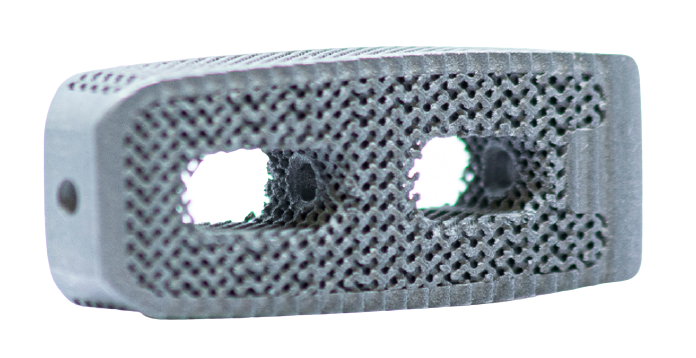
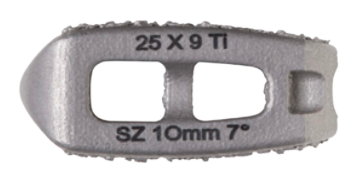
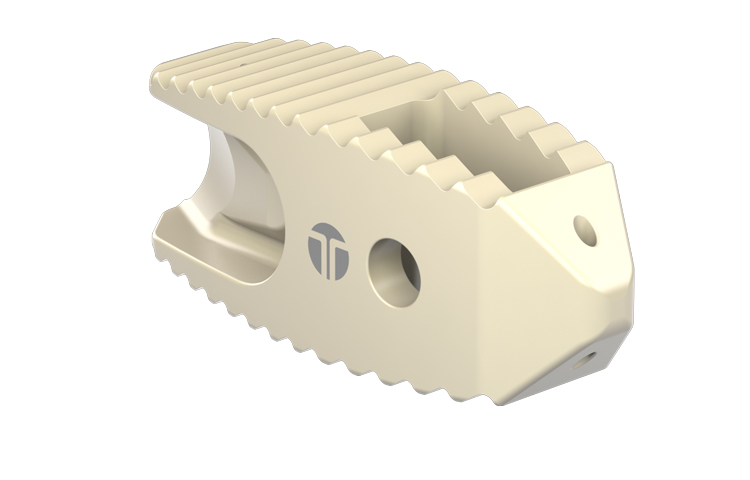
PEEK spine implants
Polyether ether ketone, abbreviated as PEEK, is a semi-crystalline organic thermoplastic polymer. The outstanding properties of PEEK, such as, high durability, low moisture absorption, bone-like modulus, load bearing, thermal resistance, flexibility, toughness etc. making it a popular and standard biomaterial
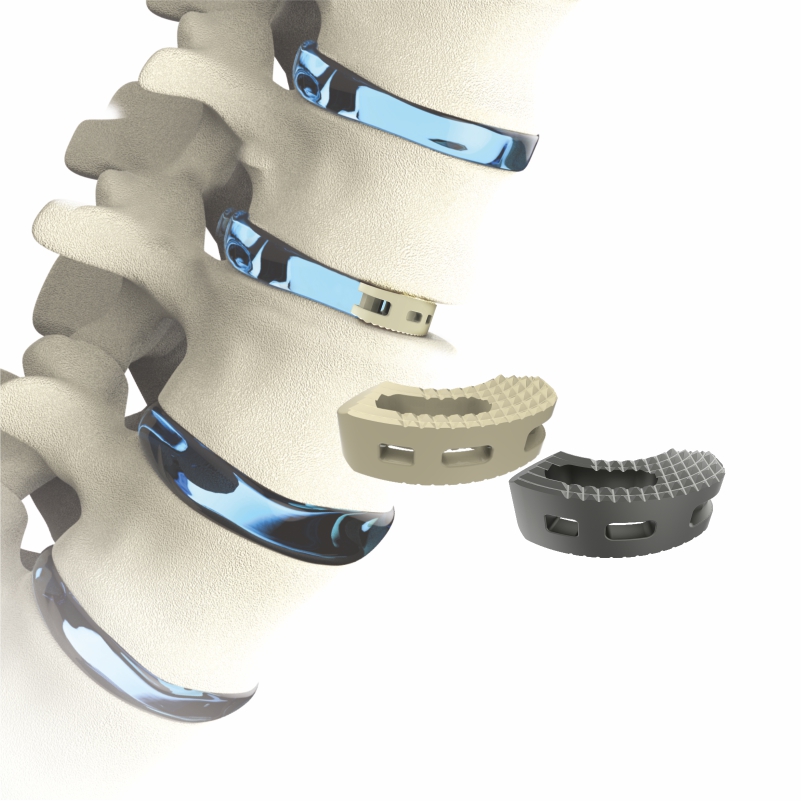
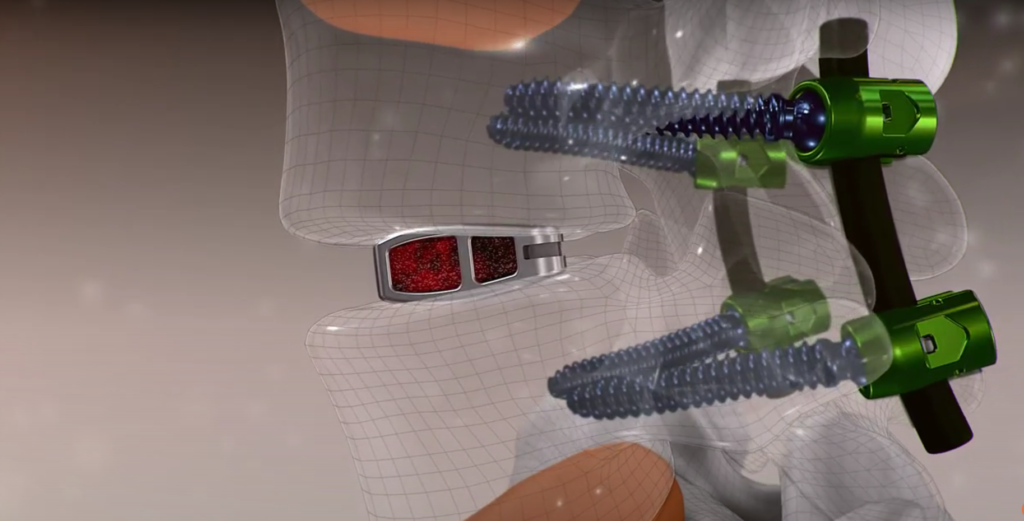
Titanium spine implants
Originally, anterior interbody fusions were all done with a patient’s own bone from their iliac crest. Besides the bone graft site pain and problems, there was a high nonunion rate with procedures. Initially, the threaded cylindrical titanium cages that became popular in the late 1990’s helped the success rate of the procedure by providing more firm fixation of the disc space.
Tritanium spine implants
The Tritanium posterior lumbar cages are rectangular- shaped interbody fusion devices intended for use as an aid in spinal fixation. … Tritanium is a novel highly porous titanium material designed for bone in-growth and biological fixation.

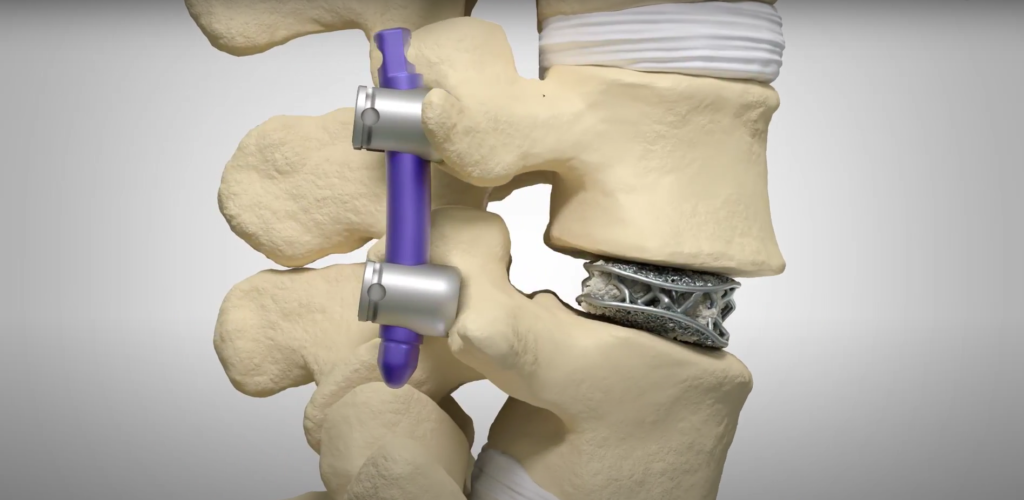
Tantalum based spine implant
Porous tantalum is an open-cell metal structure that approximates the appearance of human cancellous bone. It has a low modulus of elasticity, close to that of subchondral and cancellous bones, leading to better load transfer and minimizing the stress-shielding phenomenon. In the lumbar spine, trabecular metal has been demonstrated to be effective in obtaining fusion and improving patient outcomes after anterior as well as posterior lumbar interbody fusion.
Cohere Porous PEEK
The proprietary Porous PEEK technology introduces a first-of-its kind porous architecture designed to promote bone in-growth7,8 while maintaining the biomechanical and imaging properties of PEEK in general. The only Porous PEEK interbody implants available on the market, Cohere is available in a dynamic range of heights for use in the cervical spine, and Coalesce is available in straight and curved footprints to accommodate both TLIF and PLIF approaches.
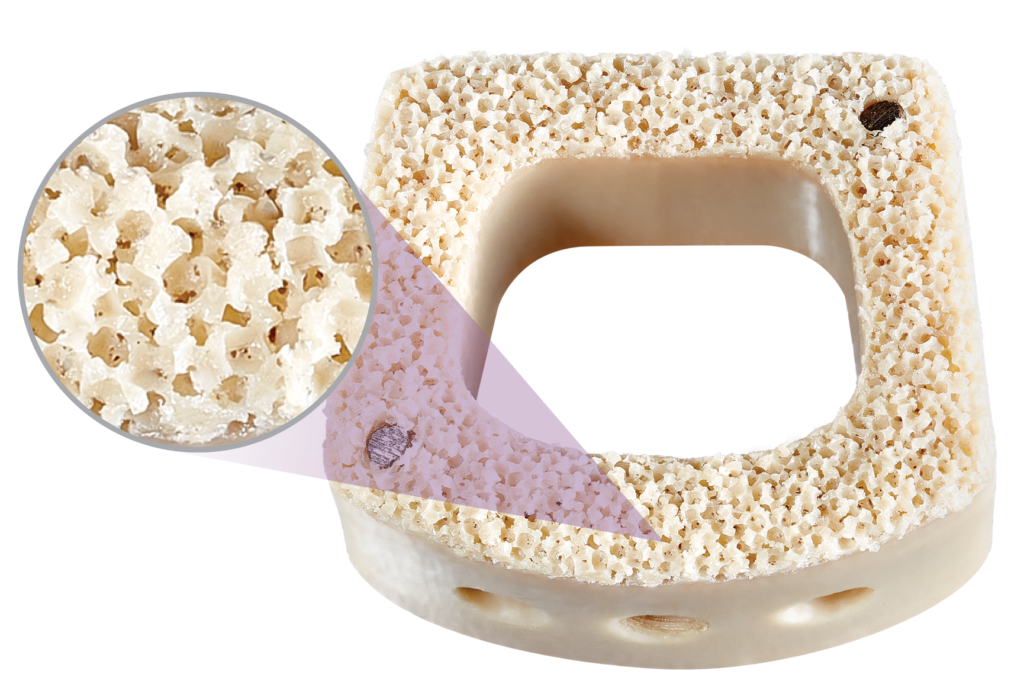
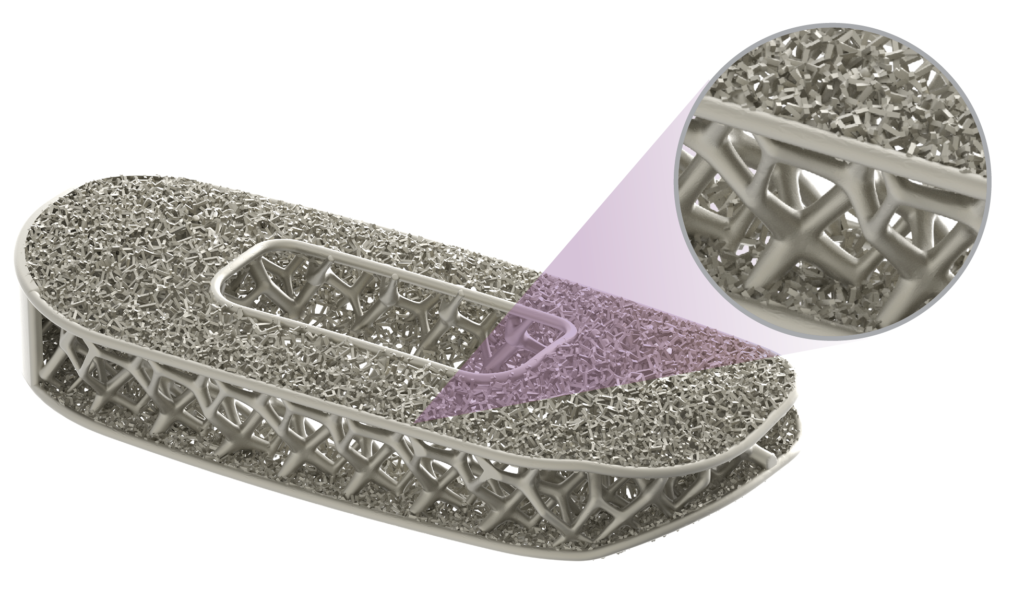
Modulus spine implant
The market disrupting design and manufacturing process of Modulus integrates endplate porosity with an optimized body lattice structure, providing a fully porous architecture and favorable environment for bone in-growth while enhancing visualization compared to traditional Ti interbody implants in a variety of imaging modalities. Modulus will be available in a number of footprints beginning with XLIF®.

We are a well knowing company that can provide you best solution for your medical problems…
